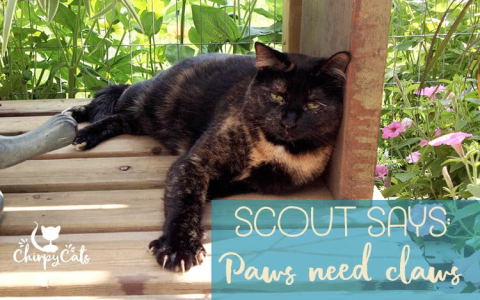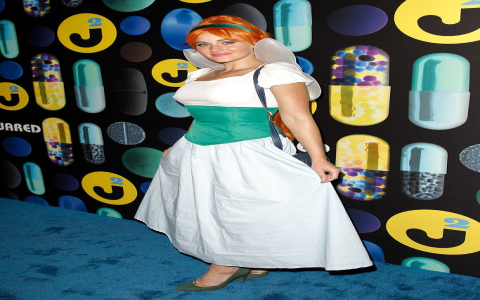Alright, let me tell you about this little side project I tackled recently – “cat walks”. It’s basically a way to simulate cat-like walking animations using some simple math and, well, a lot of fiddling.

How it Started:
It all began with me just messing around with some basic trigonometry functions. I was trying to create a simple sine wave animation, and then it hit me – what if I could use multiple sine waves, offset and phased, to simulate the movement of a cat’s legs?
The Process:
- Step 1: The Leg Idea
- Step 2: Adding the Second Leg
- Step 3: Forward Movement
- Step 4: Body Bobbing
- Step 5: Fine-Tuning
First, I figured a cat’s leg moves somewhat like a pendulum. So, I started with a single sine wave to control the up-and-down motion of a leg. I visualized this using a simple line that moved up and down on the screen.
Then I added a second leg, which was just another sine wave. The trick was to offset the phase of this second sine wave by 180 degrees. This made the legs move in opposite directions, like they should.

Next, I wanted to make it look like the cat was actually moving forward. I introduced a slight horizontal movement that also followed a sine wave. This gave the illusion that the cat was pushing off with each step.
A cat’s body doesn’t stay perfectly still when it walks. So, I added a small vertical sine wave to the body’s position. This made the cat “bob” up and down slightly as it walked. A little bit of bobbing motion can bring life to it.
This is where the real work began. I spent hours tweaking the frequencies, amplitudes, and offsets of all the sine waves. I adjusted them until the animation looked somewhat realistic. It was a lot of trial and error.
The Challenges:
The biggest challenge was making the animation look natural. Sine waves are pretty regular, and cat walks are anything but. I tried to introduce some randomness to the parameters to break up the monotony, but it was tough to get it right. At first, the “cat” looked like it was limping or having a seizure.

What I Learned:
This project taught me a lot about using math to simulate real-world movements. It also reinforced the importance of fine-tuning and iteration. You can’t just plug in some numbers and expect a perfect result. You need to keep tweaking and adjusting until it looks right.
Final Thoughts:
“cat walks” isn’t perfect, but it was a fun and educational exercise. It’s amazing how you can create surprisingly complex animations with just a few simple functions.




